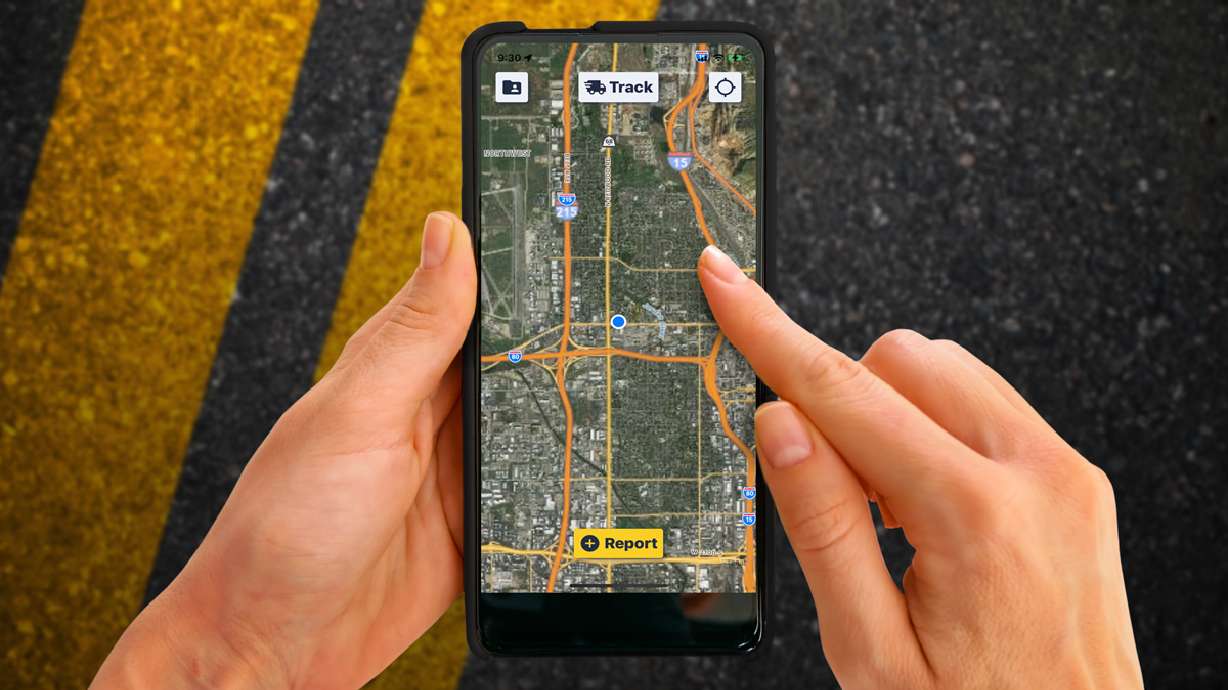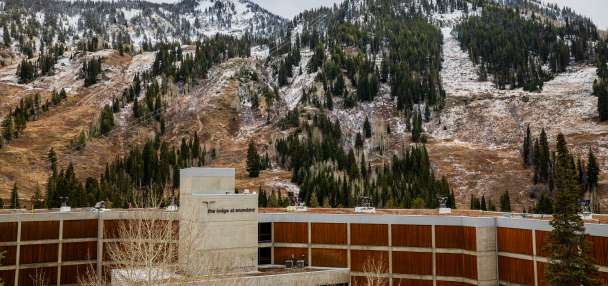Estimated read time: 3-4 minutes
This archived news story is available only for your personal, non-commercial use. Information in the story may be outdated or superseded by additional information. Reading or replaying the story in its archived form does not constitute a republication of the story.
SALT LAKE CITY — Utah wildlife officials have received nearly 5,000 reports of deer collisions in the state this year alone, as well as another 166 reported collisions with elk.
However, these numbers are likely low. Utah Division of Wildlife Resources officials believe both figures are possibly twice as high because most collisions aren't reported. That could soon change.
The Utah Division of Wildlife Resources and Utah Department of Transportation launched a new app Thursday that allows Utahns to report roadkill that they may stumble over on the roads. The Utah Roadkill Reporter app offers more than simply reporting roadkill that needs to be cleaned up, though. It can provide valuable data regarding human-wildlife interaction as the state grows, says Blair Stringham, the migration initiative coordinator for the Utah Division of Wildlife Resources.
These interactions are often detrimental because they can result in property damage or human injury on top of the harm to wildlife. The estimated cost of these collisions varies but rises up to $138 million every year, according to the Utah Legislature.
"It is important for us to understand how many wildlife-vehicle collisions occur in Utah. This new app will allow us to know exactly when and where collisions occur, which will help us identify hot spot areas on Utah highways," Stringham said in a news release.
While deer and elk account for most reported collisions, the two agencies note that smaller species like coyotes, rabbits, raccoons and squirrels are also frequently hit by vehicles. There are also collisions involving larger animals like bighorn sheep, black bears, cougars and moose every year, though that's a bit rarer. There have been nearly two dozen reported collisions with moose, according to wildlife officials.
Both UDOT and state wildlife officials have worked in the past on projects that try to eliminate these types of collisions. One of the more recent examples is a bridge over I-80 in Parleys Canyon that opened in 2018, serving as a wildlife overpass. Using a trail camera, UDOT determined that there were at least 700 animal crossings just last year alone, including more than 400 deer that otherwise may have tried to cross the freeway.
Still, the agencies didn't really have concrete data on how many collisions are out there because of the many unreported collisions. That sparked the idea for the app, which the two agencies began working on two years ago.
Once the app is downloaded, people can submit reports regarding the locations of animal carcasses on Utah's roads and highways. The app uses GPS tracking to help pinpoint the location of the dead animal, thus identifying areas where collisions are happening the most. State biologists are then able to pick up the reported carcass, where they can identify the species, gender, age and other information about the animal.
Stringham explains that having all of this information makes it possible to come up with solutions that eliminate collisions from happening in those areas. This could mean new fencing, underpasses, wildlife overpasses or anything else that can help avoid wildlife collisions. They are projects that can potentially save human and wildlife lives, and even help Utahns avoid the costs of property damage.
"The new app will make it easier for the public to use and will give us more and better information to guide future mitigation efforts," adds Matt Howard, a natural resource manager for UDOT.
The app is available to download for free from the Google Play store or Apple's App Store.










